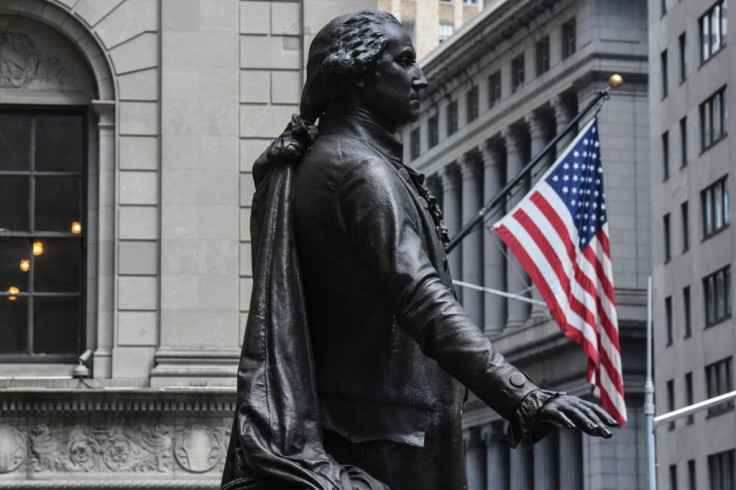Bizarre Presidential Hair Collection, Including George Washington's, Is Philly Museum's Main Attraction

The hair of U.S. presidents usually aren't what they are remembered for, but one Philadelphia museum has a collection of strands from George Washington and 12 other presidents as its main attraction.
In 1976, Pennsylvania researcher Robert Peck accidentally found a bizarre hair collection while he was in the middle of moving offices at Drexel University. And when he was told to throw it out, he opted to examine each strand and trace back their origins.
Peck then discovered that the centuries-old hair collection had strands belonging to U.S. presidents, famous scientists and even signers of the Declaration of Independence. Among those whose hair was included in the collection were George Washington, Millard Fillmore, 19th-century author James Fenimore Cooper, and famous conjoined twins Chang Bunker and Eng Bunker. The latter two were Thai brothers who lived in the 1800s and coined the term "Siamese twins."
“There were signers of the Declaration of Independence, writers, artists, scientist, explorers – all kinds of people whose lives I had studied,” the historian told Fox.
The collection was the work of Peter A. Browne, who was a lawyer in Philly in the 1800s. He devoted his time collecting hair samples from famous figures in the 1840s and 1850s, making sure to document each lock of hair he got with captions and letters.
Peck, a historian at the Academy of Natural Sciences at Drexel University, revealed that each lock of hair was carefully mounted and notated in 12 volumes of books. He said it was a very neat collection and seemed fascinating to him, so he decided to keep it despite his colleagues' protests.
Peck and his colleagues usually work on insects and dinosaurs, so it probably shouldn't come as a surprise that his co-researchers weren't interested in a bizarre hair collection.
Though a hair collection may seem strange now, it was a common thing centuries ago when cameras had not yet been invented. Lee Arnold, the director of the Historical Society of Pennsylvania, said people often took locks of hair from their loved ones as mementos, a fad that was especially popular during the Victorian Era.
Despite his enthusiasm, Peck said it took him 30 years to convince his colleagues and other historians that the collection was a significant find.
The strange hair collection is now one of the main attractions at the Academy of Natural Sciences in Philadelphia until the President's Day weekend.
“This collection is priceless,” Arnold said. “You couldn’t even buy or recreate something like this.”
© Copyright IBTimes 2025. All rights reserved.



















